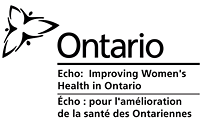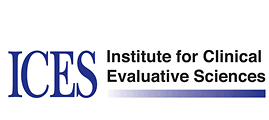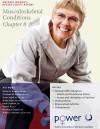 Chapter 8
Chapter 8
Musculoskeletal Conditions
Musculoskeletal conditions cause pain and physical disability which lead to increasing use of health care services. We report on how the health outcomes of musculoskeletal conditions and quality of care differ by age, gender, and socioeconomic status. This information can be used to identify areas where disparities can be reduced and care can be improved.
 Chapter 9
Chapter 9
Diabetes
The POWER Study Diabetes chapter provides critical information on patterns of disparities in diabetes care in Ontario that can be used to target interventions. The dramatic increase in the number of people with diabetes along with the complex clinical management of diabetes and associated complications make it one of the most costly and burdensome chronic diseases of our time. A greater understanding of potential disparities in prevalence, quality of care, and outcomes is necessary in order to better target resources and interventions to where they are most needed.
 Chapter 10
Chapter 10
Reproductive & Gynaecological Health
This chapter focuses on the health of women as it specifically relates to their reproductive systems. Unlike other POWER Study chapters that examine the complex interplay between sex and health in the context of conditions that affect both men and women, this chapter focuses primarily on how the characteristics of women—how old they are, how well educated, how wealthy, where they live—affect health and health care issues that are unique to women. The issues covered in this chapter span the life course from teenage pregnancy to hysterectomy in older women.
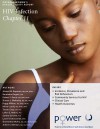 Chapter 11
Chapter 11
HIV Infection
HIV prevention and care is complex and directly influenced by stigma, marginalization, and the social determinants of health. The POWER Study HIV Infection chapter reports on indicators related to HIV infection including sections on incidence, prevalence, and risk behaviours; community services for HIV; clinical care; and HIV outcomes. This chapter provides critical information on patterns of care for women and men in Ontario, and how they vary by socioeconomic, demographic, HIV exposure category, and regional characteristics.
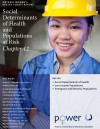 Chapter 12
Chapter 12
Social Determinants of Health and Populations at Risk
In this chapter, we synthesize prior POWER analyses that examined the health of low-income, minority, and immigrant populations, and enrich this data by reporting additional indicators of the social determinants of health and immigrant women’s health. In doing so, we paint a powerful picture of the health needs of populations at risk, how these differ among women and men in different groups, and highlight the role of the social determinants of health in the Ontario population.
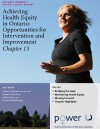 Chapter 13
Chapter 13
Achieving Health Equity in Ontario
Important patterns emerged as we reviewed the findings across all of the POWER chapters. This final chapter describes these patterns and uses evidence from the POWER Study to identify opportunities to improve health equity in Ontario. A summary of the key findings from each of the POWER reports are also presented.

